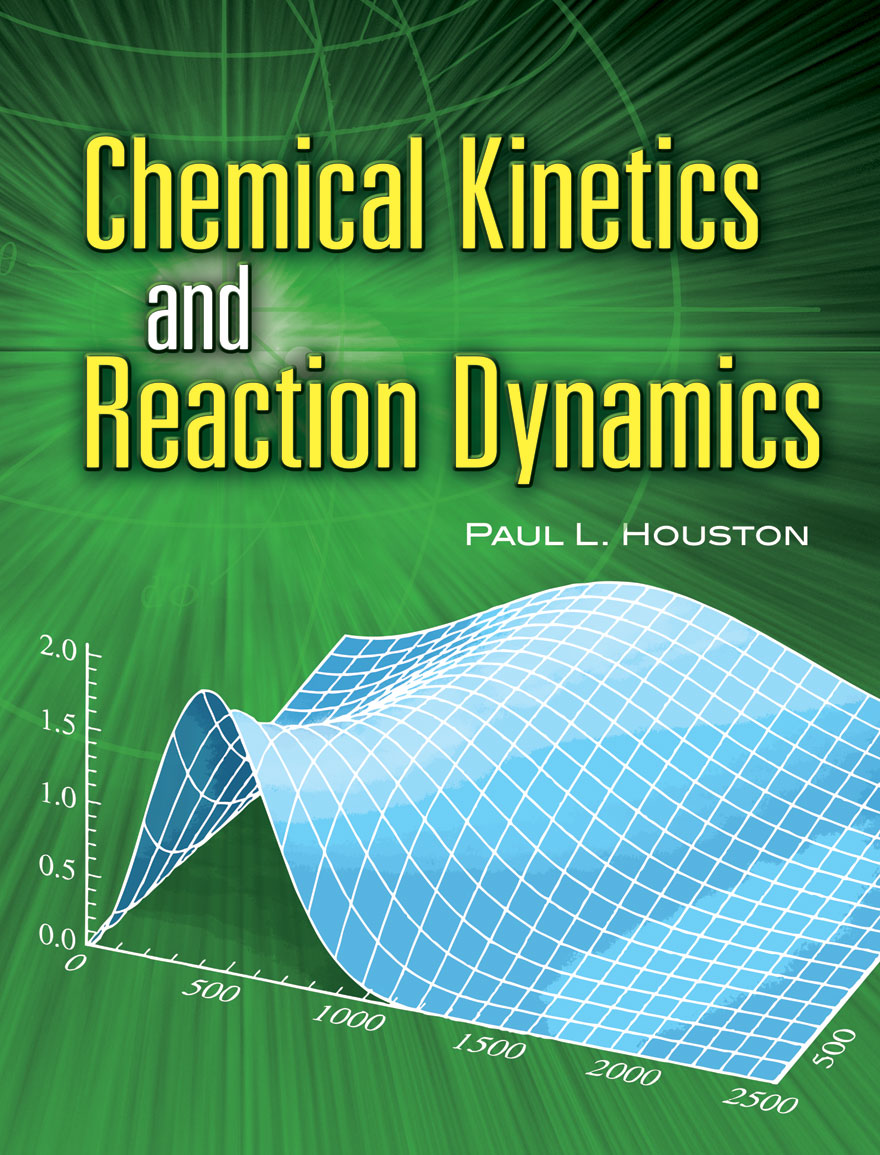
The Houston Research Group
Home> New!Home Research Education People
.jpg)

The Houston Research GroupHome> New!Home Research Education People |
.jpg)
|
|
Paul Houston New! News from the Houston Group Research Interests Publications Current Research Group Former Group Members |
Evidence for Vinylidene Production in the Photodissociation of the Allyl Radical A combination of experimental and theoretical work strongly implicates
the production of vinylidene in the photodissociation of the allyl radical,
CH2CHCH2, an important intermediate in hydrocarbon combustion. The evidence
comes froma study of the dissociation of 2-d1-allyl, which yields distinctly different
translational energy distributions and mechanisms for the products HCCH + CH2D
and DCCH + CH3. In one mechanism, a 1,3 hydrogen shift takes place to give the
CH3CDCH intermediate, which then dissociates to yield CH3 + DCCH, whereas in
the second, one of two branches occurs after a 1,2 hydrogen shift. The shift forms
CH2D-C-CH2, which either dissociates directly to CH2D + CCH2 (vinylidene) or
undergoes a second 1,2 shift to give CH2D-CH-CH, which subsequently dissociates
to CH2D + HCCH. pdf format A combination of experimental and theoretical work strongly implicates
the production of vinylidene in the photodissociation of the allyl radical,
CH2CHCH2, an important intermediate in hydrocarbon combustion. The evidence
comes froma study of the dissociation of 2-d1-allyl, which yields distinctly different
translational energy distributions and mechanisms for the products HCCH + CH2D
and DCCH + CH3. In one mechanism, a 1,3 hydrogen shift takes place to give the
CH3CDCH intermediate, which then dissociates to yield CH3 + DCCH, whereas in
the second, one of two branches occurs after a 1,2 hydrogen shift. The shift forms
CH2D-C-CH2, which either dissociates directly to CH2D + CCH2 (vinylidene) or
undergoes a second 1,2 shift to give CH2D-CH-CH, which subsequently dissociates
to CH2D + HCCH. pdf format
Houston Research Group at Georgia Tech
Beta as a function of nuBetaofnu is a program to calculate the anisotropy paramater, ß, for a diatomic molecule and for linear polarization as a function of frequency, lifetime of the dissociative state (line broadening parameter), rotational level, and rotational constants. A JCP paper describing the results is now availble: Hahkjoon Kim, Kristin S. Dooley, Simon W. North, G. E. Hall, and P. L. Houston, "Anisotropy of photofragment recoil as a function of dissociation lifetime, excitation frequency, rotational level and rotational constant," J. Chem. Phys. 125, 133316-26 (2006). pdf format.Another example of the roaming mechanism in photodissociationProduct state distributions of the CO produced in the 308 nm photolysis of acetaldehyde show clear evidence of two dissociation mechanisms. One is attributed to the conventional transition state mechanism predicted by theory, with high rotational and translational energy of the CO and a pronounced v perpendicular to J vector correlation. However, as much as 15% of the reaction flux proceeds via another pathway that produces low CO rotational and translational energy, very high CH4 internal energy, and no correlation between the CO velocity and angular momentum vectors. The attributes of this channel are dynamically similar to the recently reported "roaming atom" mechanism in formaldehyde. We therefore speculate that the second pathway in acetaldehyde also occurs via a roaming mechanism in the CH3 + HCO exit channel that decays into the CH4 + CO channel. A paper describing this result is now available: P. L. Houston and S. H. Kable, "Photodissociation of acetaldehyde as a second example of the roaming mechanism" Proc. Nat. Acad. Sci. 103, 16079-16082 (2006). pdf format. You may wish also to view the PNAS commentary by Joel Bowman: "Skirting the transition state, a new paradigm in reaction rate theory" and the commentary in Science entitled "Roaming Around the Saddle".Methyl elimination channel in the allyl radical photodissociationComing soon from a collaboration with Domenico Stranges and Patrick O'Keeffe based on work performed at the University of Rome, Sapienza:The competition between rearrangement of the excited allyl radical via a 1,3 sigmatropic shift vs. sequential 1,2 shifts has been observed and characterized using isotopic substitution, laser excitation, and molecular beam techniques. Both rearrangements produce a 1-propenyl radical that subsequently dissociates to methyl + acetylene. The 1,3 shift and 1,2 shift mechanisms are equally probably for CH2CHCH2, whereas the 1,3 shift is favored by a factor of 1.6 in CH2CDCH2. The translational energy distributions for the methyl and acetylene products of these two mechanisms are substantially different. Both of these allyl dissociation channels are minor pathways compared to hydrogen loss. pdf format Neutral photodissociation of super-excited states of molecular iodineComing soon from a collaboration with Domenico Stranges and Patrick O'Keeffe based on work performed at the University of Rome, Sapienza:Formation of high-n Rydberg atoms from the neutral dissociation of superexcited states of I2 formed by resonant two-photon excitation of molecular iodine using an ArF laser has been investigated. The high-n Rydberg atoms I* are formed by predissociation of the optically excited molecular Rydberg states I2* R[B 2Sigma+g] converging on the I2+ B 2Sigma+g state of the ion. Measurement of the kinetic energy release of the Rydberg I* fragments allowed the identification of the asymptotic channels as I*[R(3PJ)] + I(2P3/2) where the I*[R(3PJ)] are Rydberg atoms converging on the I+ (3PJ) states of the ion with J=2,1 and 0. In the case of the I*[R3P2)] fragments, the average Rydberg life time is observed to be 325 \pm 25 \mu s. Based on observations of the variation in the Rydberg atom signal with field ionizing strength, the distribution of Rydberg levels peaks about 25-50 cm-1 below the ionization limit. P. O'Keeffe, D. Stranges, and P. L. Houston, Neutral photodissociation of super-excited states of molecular iodine, J. Chem. Phys. (pdf format) Dover to reprint "Chemical Kinetics and Reaction Dynamics" The new production is now available. You can order it from Dover or from Amazon. The new production is now available. You can order it from Dover or from Amazon.
|